Scientists and conservationists honored for removing derelict gear from Salish Sea and documenting the positive impact
Local marine foundation that scientifically documented the devastating impact of derelict fishing gear on wildlife and removed it from our waters, is honored with the SeaDoc Society’s prestigious Salish Sea Science Award
Derelict fishing gear, including fishing nets and crab pots accidentally lost, persists for decades under the ocean where it continues to kill marine invertebrates, fish, birds and mammals. Hundreds of commercially important and threatened or endangered species have been entangled and entrapped by this gear, resulting in substantial economic and ecological impacts in the Salish Sea.
Today at the 2014 Salish Sea Ecosystem Conference in Seattle, where close to 1,000 scientists and conservationists convened to discuss recovery of the Salish Sea, the Northwest Straits Foundation was awarded the SeaDoc Society’s prestigious Salish Sea Science Prize in recognition of their research documenting the effects of derelict fishing gear on species ranging from Dungeness crabs and salmon to marine birds and mammals. Not only did this group scientifically document the negative impact of this gear, but they have been able to remove more than 4,700 derelict fishing nets and more than 3,000 derelict crab pots, restoring over 670 acres of marine habitat important to rockfish and other marine species.
The Northwest Straits Foundation began their work removing derelict gear in 2002 and since its inception has collected rigorous data that has been used to scientifically quantify the impact of derelict fishing gear. This permitted publication of a 2012 paper by Antonelis et al. demonstrating the importance of escape cord for reducing Dungeness crab mortality, spurring Marine Resource Committees to increase efforts to educate recreational crabbers about this. It also resulted in a 2010 manuscript in the journal Marine Pollution Bulletin by Good et al. demonstrating the impact of lost nets on marine species with the documentation that lost gill nets had entangled and/or killed at least 106 species of marine fauna including 65 species of marine invertebrates, 22 species of marine fishes, 15 species of marine birds and 4 species of marine mammals. Scientific documentation of drop out and decomposition rates, published in the same journal that same year by Gilardi et al., showed that these were gross underestimations as they did not account for the short life of carcasses in a net and the sometimes decades of killing that many of these nets had done prior to removal. Moreover, that same work documented a cost-benefit ratio for net removal at 1:14.5, demonstrating that ecological restoration also is cost-effective.
When asked about the scientific merit of their work,Joan Drinkwin of the Northwest Straits Foundation responded, “Our derelict fishing gear program was created with an intentional focus on collecting high quality scientific data to understand the impacts of derelict fishing gear on species and habitats of Puget Sound. By effectively communicating what we’ve found, we have been able to garner support for removing derelict fishing gear from our marine waters and are now very close to eliminating derelict fishing nets from waters less than 105 feet deep.”
Recognizing the impacts of derelict fishing gear on multiple marine species, both NOAA and the Washington Department of Fish and Wildlife have moved to ensure that newly lost nets do not become derelict and cause continued harm to species. NOAA has required tribal fisheries in Puget Sound to report all lost nets every season. In 2013, the Washington Fish and Wildlife Commission enacted mandatory reporting by non-tribal commercial fishermen of all nets lost. Washington Department of Fish and Wildlife also assists with the maintenance of a 24-hour reporting hotline and online reporting system. These management actions, coupled with the Northwest Straits Foundation’s continued outreach to tribal and non-tribal fishermen, have resulted in increased reporting of newly lost nets in 2013 and consequently fewer lost nets becoming derelict.
The SeaDoc Society's Salish Sea Science Prize comes with a prestigious $2,000 no-strings-attached prize. It is the only award of its kind and is bestowed biennially to recognize a scientist or group of scientists whose work has resulted in the demonstrated improved health of fish and wildlife populations in the Salish Sea. It is given in recognition of, and to honor the spirit of the late Stephanie Wagner, who loved the region and its wildlife.
Gaydos closed his commendations for the work of the Northwest Strait Foundation by saying that their work on documenting impact and removing derelict gear “serves as an example to the world how science is a crucial foundation for designing healthy ecosystems and drives ecosystem recovery.”
The SeaDoc Society funds and conducts marine science and uses science to improve management and conservation in the Salish Sea. It is a program of the Karen C. Drayer Wildlife Health Center, a center of excellence at the UC Davis School of Veterinary Medicine.
Click an image to see a full-size version for online or print use. Please credit Northwest Straits Initiative.
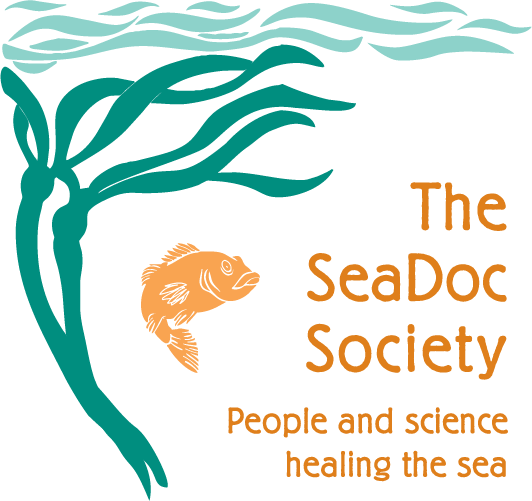










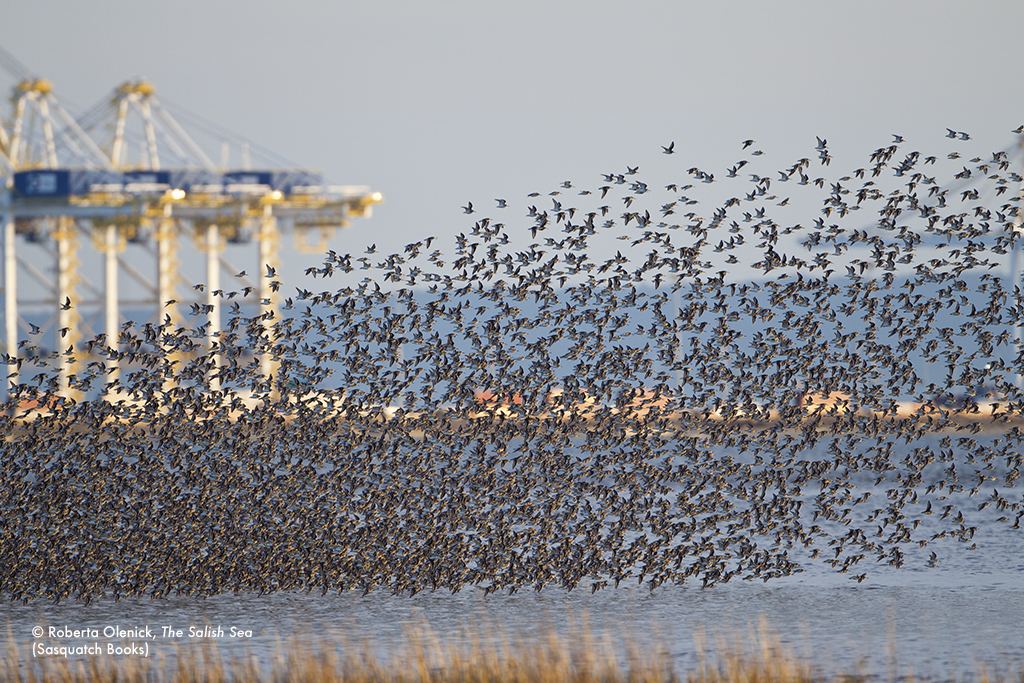








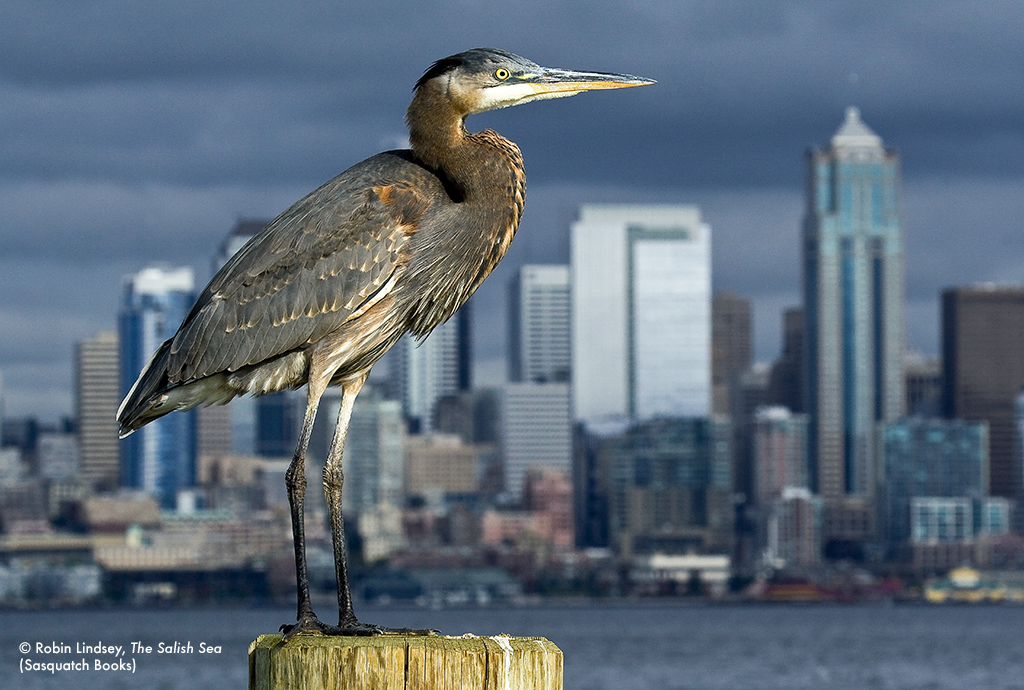















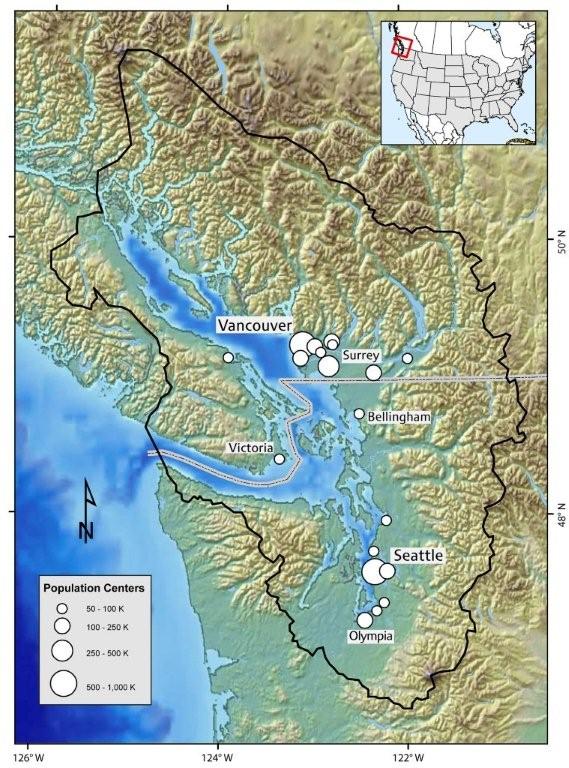 The Salish Sea is a 17,000 sq. km. ecosystem consisting of the Puget Sound Basin (in the US) and the Georgia Basin (in Canada). Efforts to heal the Salish Sea depend upon good cross-border collaboration. Map: N. Maher
The Salish Sea is a 17,000 sq. km. ecosystem consisting of the Puget Sound Basin (in the US) and the Georgia Basin (in Canada). Efforts to heal the Salish Sea depend upon good cross-border collaboration. Map: N. Maher
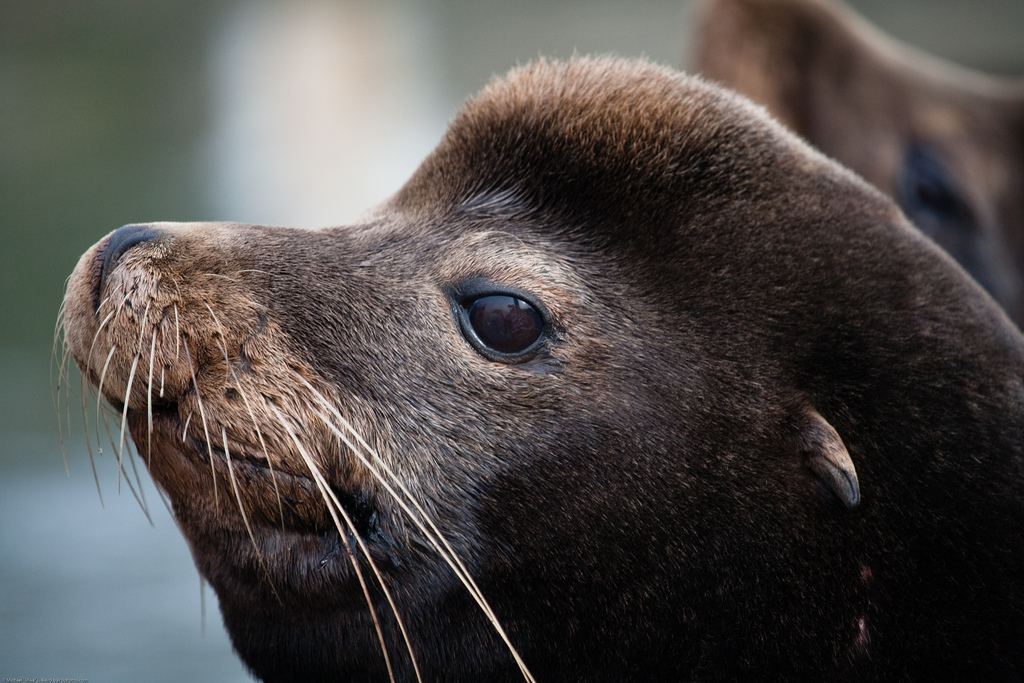 At the 2014 North American Veterinary Conference, in Orlando, Florida, Joe Gaydos presented on Salmonella in wildlife. About 10% of the Salmonella outbreaks between 2006 and 2013 were caused by wild animals, and most of these were caused by reptiles and amphibians.
At the 2014 North American Veterinary Conference, in Orlando, Florida, Joe Gaydos presented on Salmonella in wildlife. About 10% of the Salmonella outbreaks between 2006 and 2013 were caused by wild animals, and most of these were caused by reptiles and amphibians. 
 At the 2014 North American Veterinary Conference, held in Orlando, Florida, Joe Gaydos presented a paper on diseases in river otters.
At the 2014 North American Veterinary Conference, held in Orlando, Florida, Joe Gaydos presented a paper on diseases in river otters. 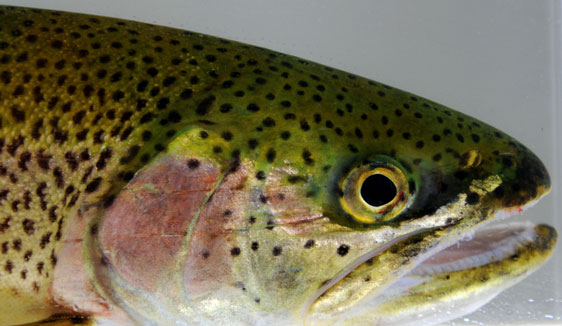 Coastal or sea-run cutthroat trout are freshwater fish that also move into the marine waters to feed and are an important recreational fishery in many parts of the Salish Sea.
Many people don't think of the San Juan Islands when they think of cutthroat trout, but they were historically caught in the area. Long-standing residents recall a time when these rare fish were much more abundant. While recent work documented cutthroat trout in some streams in the San Juan archipelago, little is known about the current status of coastal cutthroat trout in this area.
Coastal or sea-run cutthroat trout are freshwater fish that also move into the marine waters to feed and are an important recreational fishery in many parts of the Salish Sea.
Many people don't think of the San Juan Islands when they think of cutthroat trout, but they were historically caught in the area. Long-standing residents recall a time when these rare fish were much more abundant. While recent work documented cutthroat trout in some streams in the San Juan archipelago, little is known about the current status of coastal cutthroat trout in this area. Blue herons hunting for fish, bald eagles swooping on seabirds, river otters diving for crabs: links between animals and the ocean are common in the Pacific Northwest. These dependencies go much deeper than previously thought.
Blue herons hunting for fish, bald eagles swooping on seabirds, river otters diving for crabs: links between animals and the ocean are common in the Pacific Northwest. These dependencies go much deeper than previously thought.